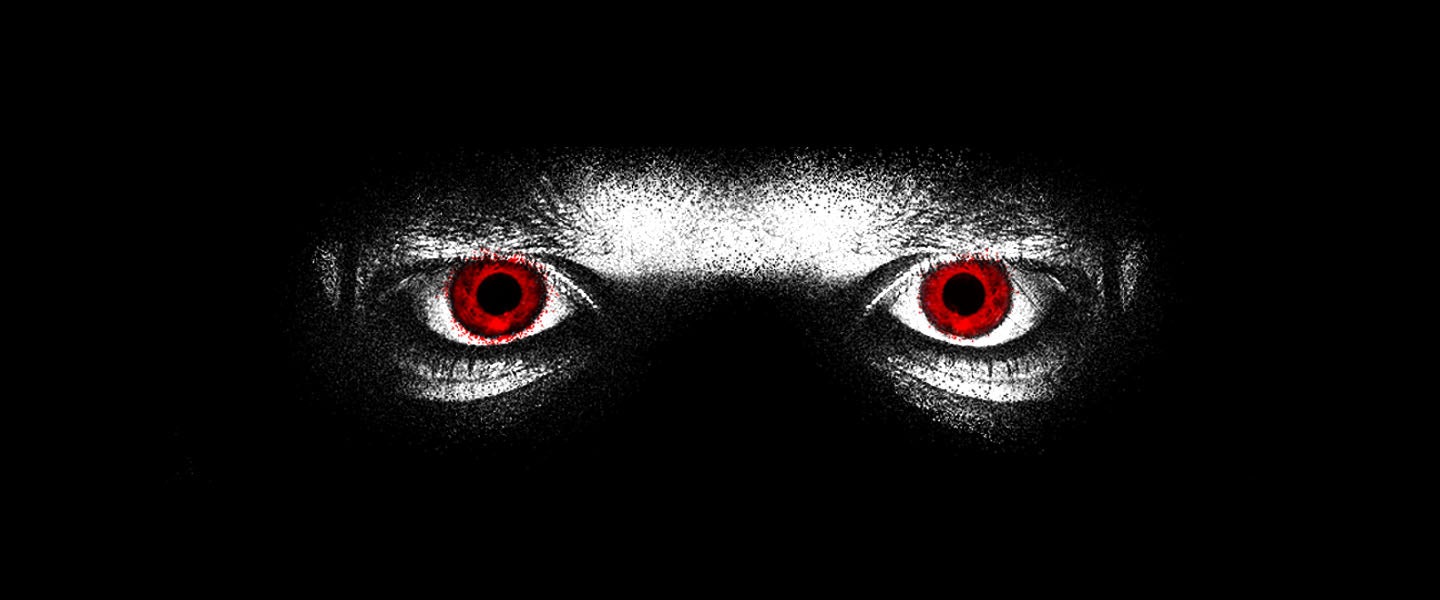The color red has long been associated with a range of intense emotions, foremost among them being anger — hence the phrase, “seeing red.” According to Phrase.org, it’s widely believed that “seeing red” originates from the sport of bull-fighting and the matador’s use of a red cape to deceive the bull.
“The phrase is known from the early 20th century and so is easily predated by the ancient sport, and more to the point, the knowledge of bull-fighting parlance in English-speaking countries, which dates from the mid-18th century,” the site reports. “That proposed derivation is backed up by the existence of the earlier phrase — ‘like a red rag to a bull.’ This is found in Charlotte Mary Yonge’s novel The Pillars of the House, 1873: ‘Jack will do for himself if he tells Wilmet her eyes are violet; it is like a red rag to a bull.’”
The top Urban Dictionary entry for “seeing red” also confirms the phrase’s bullfighting origins. “In bullfighting, the matador beckons the bull with a red cape, which agitates the bull, and it charges for the cape,” they claim, in a shockingly unsexual entry (don’t worry, the second entry gets to it).
Ironically, according to the report in Phrases.org, bulls can’t actually see color and are instead drawn to the waving of the matador’s cape — the dramatic color is arguably more for the audience’s sake. Still, considering the phrase is most often used to describe a human being’s vision in the midst of a rageful outburst, is there any physiological explanation for the association, or is it just a (literally) colorful expression?
According to a study in the Journal of Personality, a bimonthly journal covering personality psychology, researchers say there is at least some scientific basis for the idea that someone might see red when they’re angry. “In the first [experiment], researchers from North Dakota State University asked a group of people which color they preferred, red or blue. Participants then completed personality tests. Results showed that those who opted for red tended to be inter-personally more hostile,” reports The Independent.
In another test, participants were presented with faded blue and red images, neither of which was dominantly one or the other. Interestingly, the participants who saw red scored 25 percent higher on indicators of hostility in the personality test section of the study. “Finally, the test participants were presented with imaginary scenarios where they could take various forms of action,” per the same report. “Red-preferring people were more likely to indicate that they would harm another person in the scenarios than those who preferred blue.”
The researchers concluded that there may be an evolutionary connection to seeing red that stems from ancestral hunter-gatherer times, associating the color red with danger and threats. In other words, we can thank our primal instincts for the red-colored lenses that appear whenever we read a tweet we don’t agree with.

